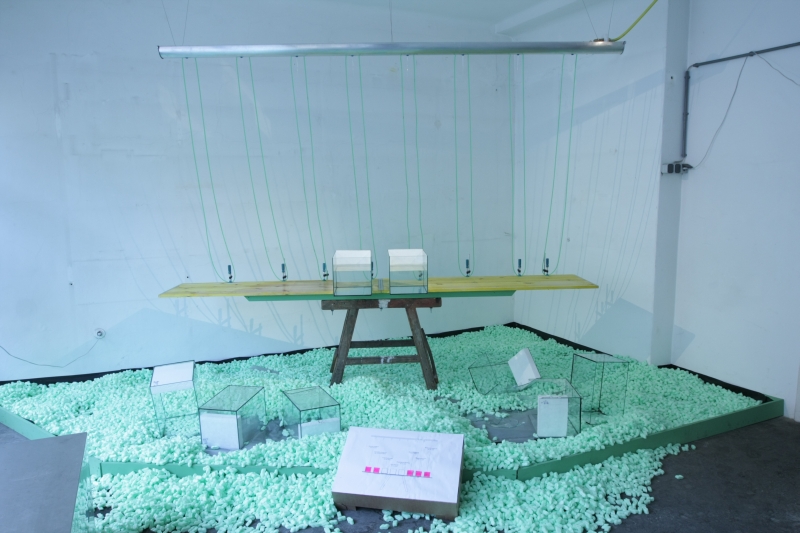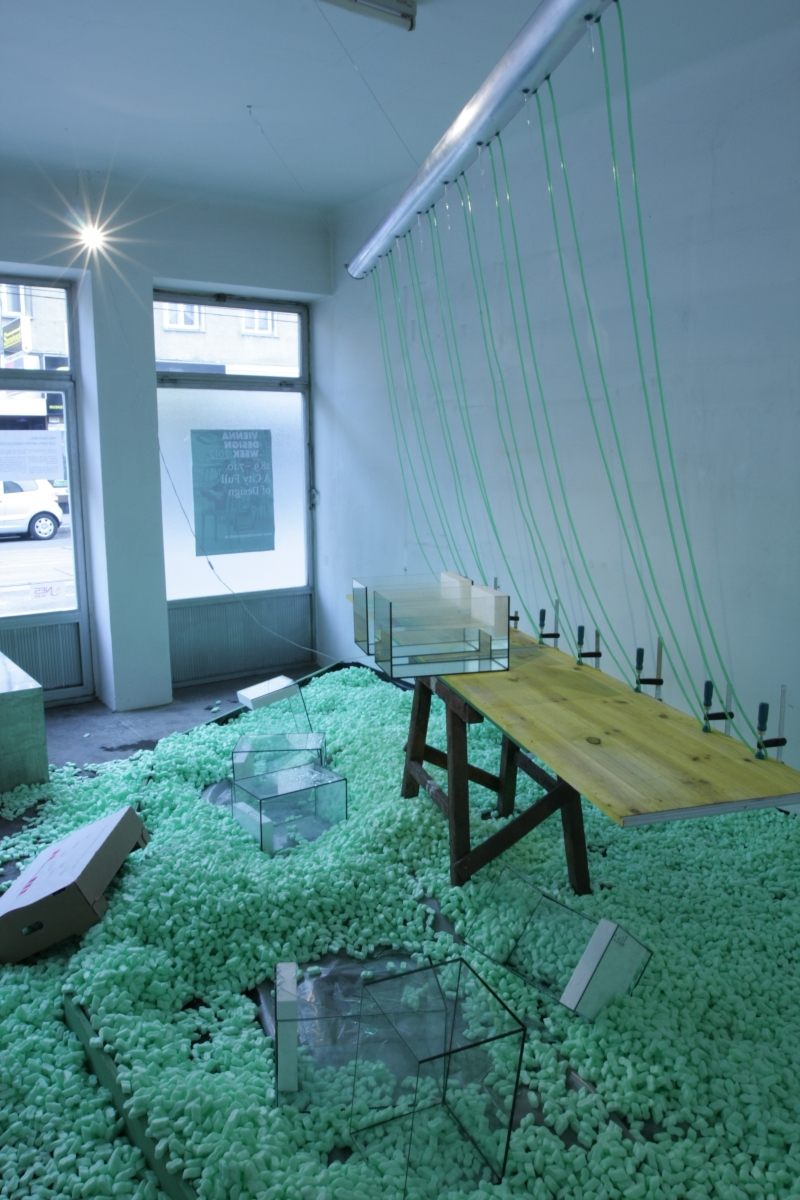The outer edges of the (smow)blog galaxy recently witnessed some pretty ugly scenes.
A new, Windows Seven, laptop was bought. The unfortunate purchaser's printer however wasn't Windows Seven compatible.
And the manufacturer had no plans to release the necessary driver.
Consequently a functional, reliable printer was rendered useless. And a new machine had to be bought.
Manufacturer 1 - Consumer 0
Much wailing and gnashing of teeth ensued.
But it's not just software alone that is responsible for the fact that in our modern world ever more objects become ever quicker obsolete.
Many modern appliances are built, designed, so that they cannot be repaired. The electric tooth brush is great example, the battery may be rechargeable but is so firmly encased it means that when its lifetime is up a complete new toothbrush needs to be bought rather than simply replacing the battery.
Most of us accept such situations as a price to be paid for our modern world; although we all know that a different reality is possible.
The Austrian duo Mathak + Mahlknecht have used a very simple installation at Vienna Design Week 2012 to force us think about such themes.
A series of fish tanks slowly fill with water, over time the tanks reach a volume that means they become unstable and topple from the table. Their life-cycle is over. Each tank has a different life-cycle determined by the reason it becomes obsolete; for example, new collection, new standards, new system - as with the aforementioned printer.
We don't need to buy ever more products, but industry wants us to. And so we do.
The situation is clearly mad, but how can the situation be changed? Ultimately finding a balance between the two is a key component to ensuring we enjoy a truly socially and environmentally responsible future.
"Best by … about built-in obsolescence" by Mathak + Mahlknecht doesn't provide any answers. But then it doesn't set out to.
What it sets out to do, and beautifully achieves, is to illustrate the problem and so, hopefully, stimulate a little self-reflection in all who see it.
Because ultimately the responsibility lies with us, not with those who force us to buy new printers.
Far less new docking stations just because the mobile phone producer changed the size of the dock on the latest model.
Or to mildly misquote the question we asked in our review of "One Hundred An Experiment on Myself: A Designer’s Reckoning With Things" by Moritz Grund, "How do you justify your contribution to a situation you know is unjustifiable?"


